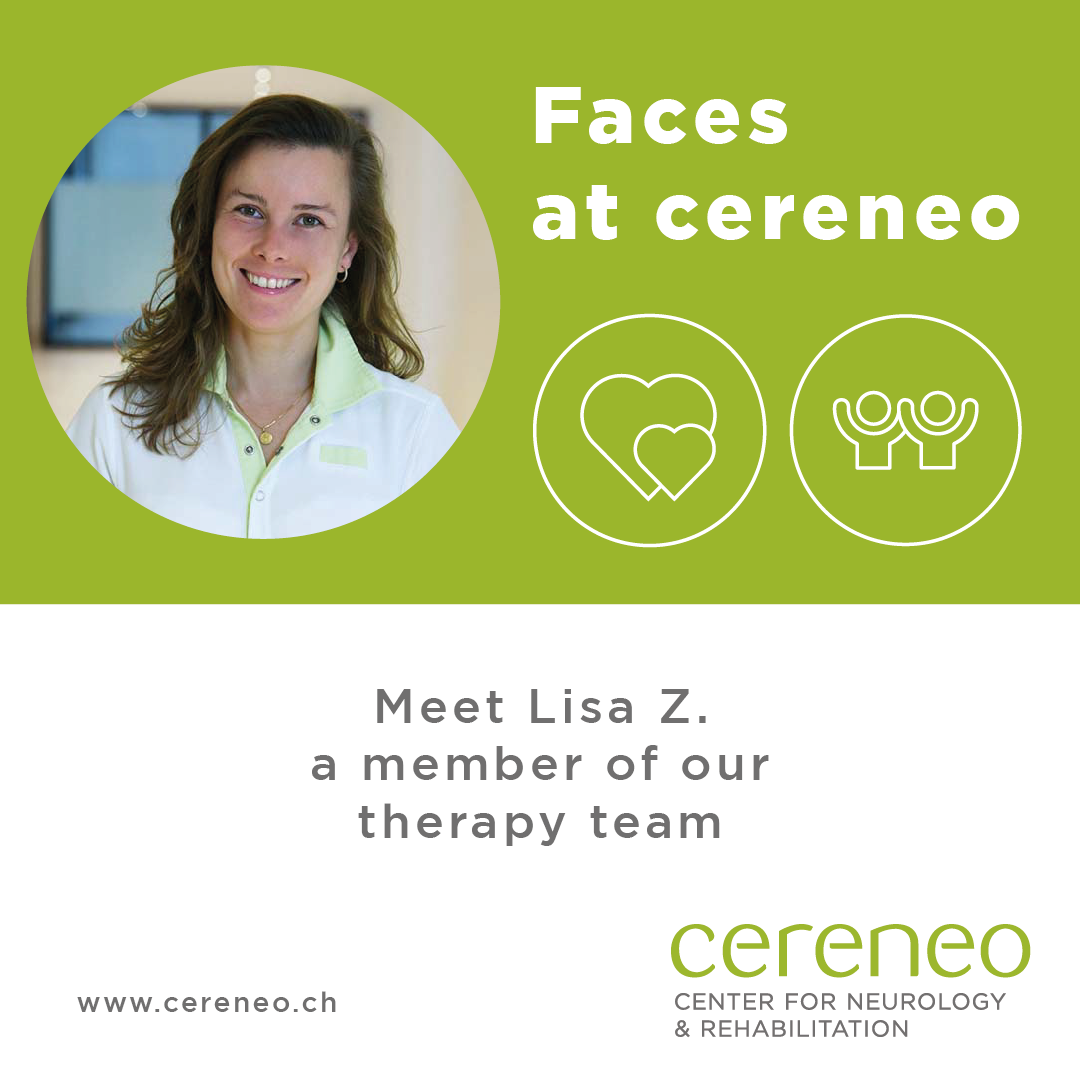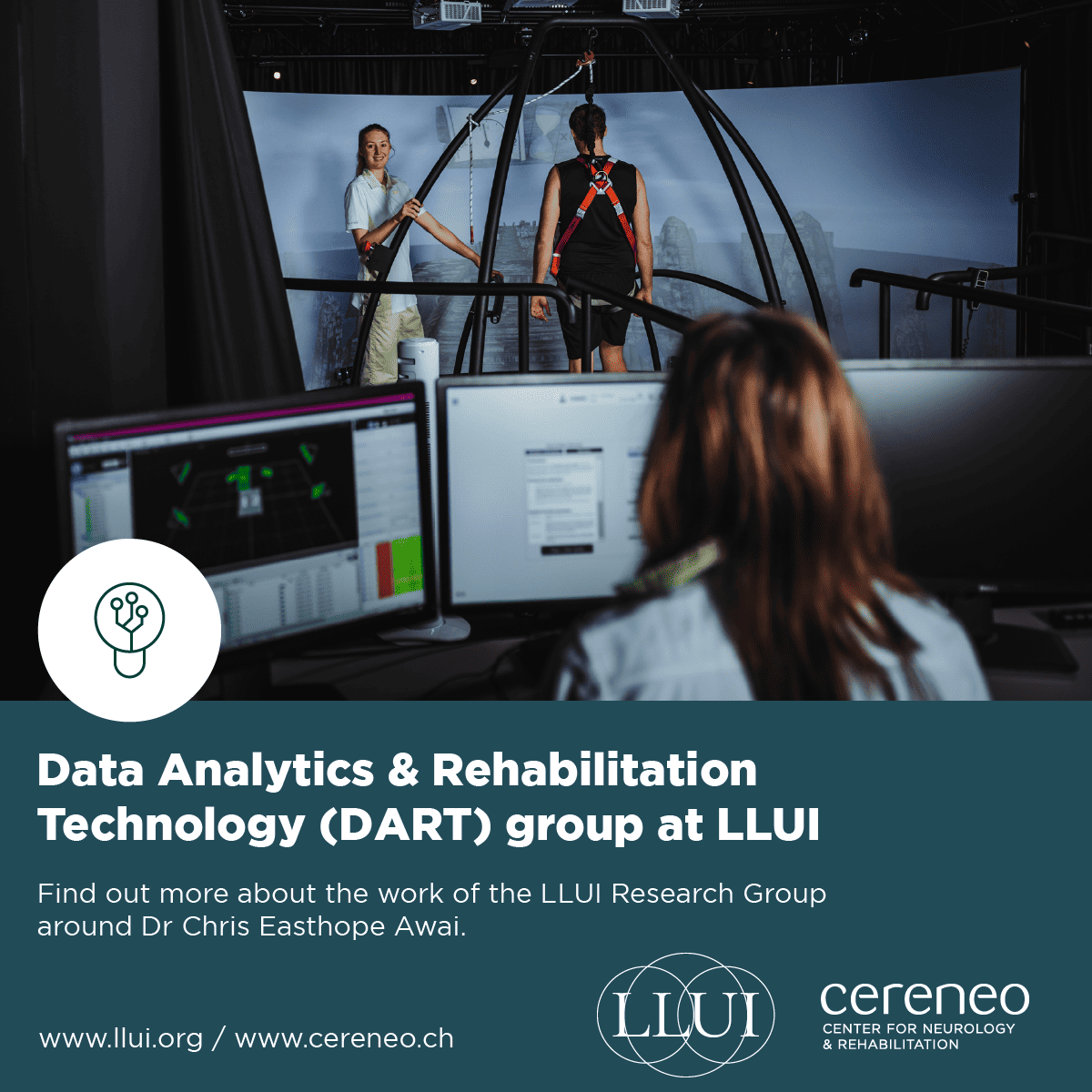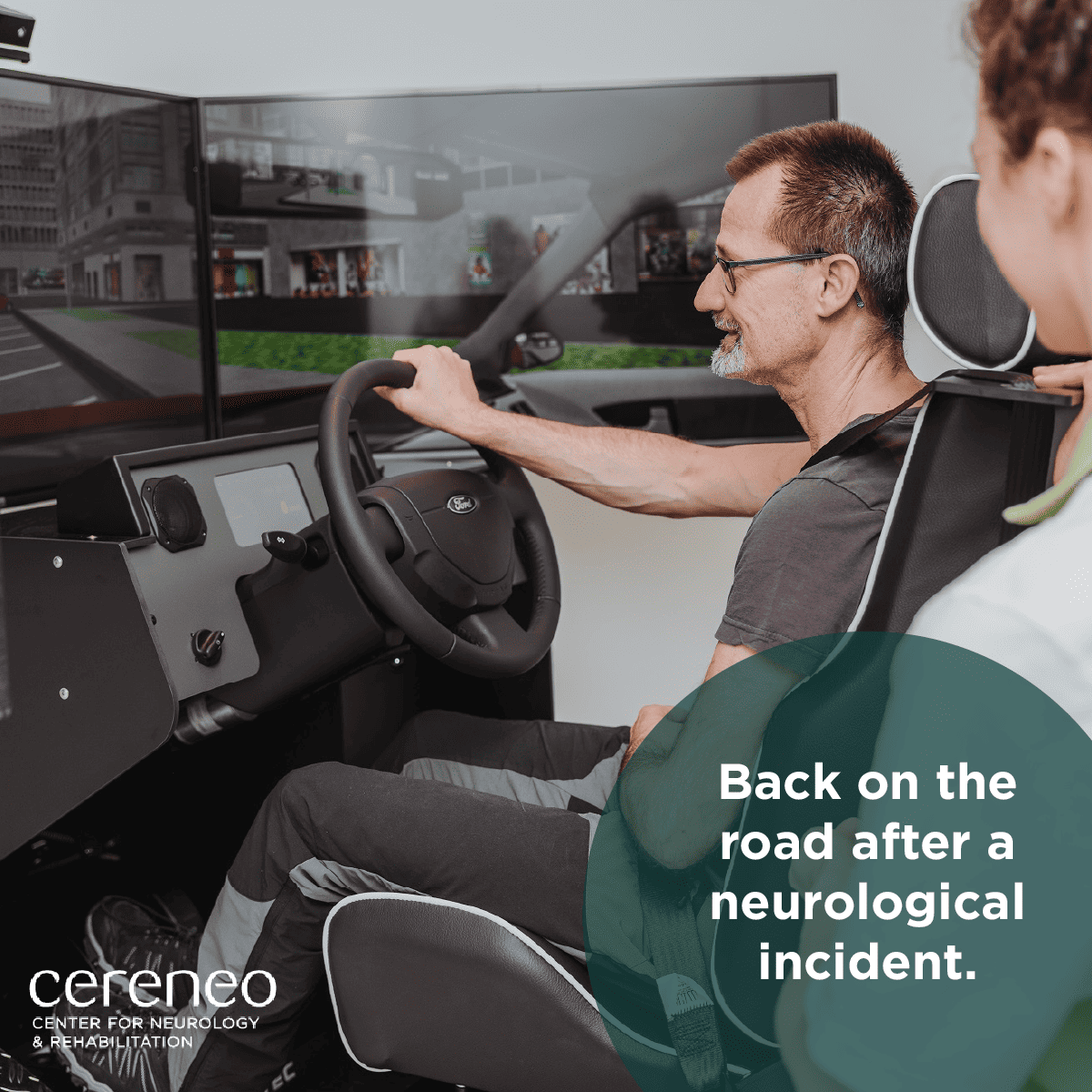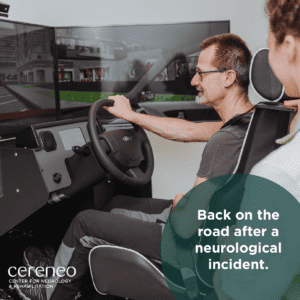Lisa Zehentner has been working at cereneo since July 1st, 2020. She is a physiotherapist and is currently completing her Master’s degree in physiotherapy with a focus on gait analysis and rehabilitation. Lisa is a very sensitive and conscientious therapist and always looks for the best solution for our patients.
Please explain briefly what the tasks of a physiotherapist are.
As a physiotherapist, we support patients in restoring, improving and maintaining their mobility and other physical functions. In particular, we carry out targeted therapies according to our therapy concept for people who are restricted due to illness or accident. We set up the therapy plan on the basis of the medical diagnosis and standardised assessments. At cereneo, we carry out individual therapies with the patient that are tailored to the individual clinical condition. In doing so, we have access to a wide range of innovative equipment to provide additional support for the therapy.
Why did you become a physiotherapist?
I am very sporty and have always been interested in medicine, but I didn’t want to become a doctor. Physiotherapy was just the right thing for me, I can learn a lot about anatomy and physiology here and I always found neurology super exciting. No two patients are the same and you always have to adapt the therapy to the individual and creatively use different methods to promote recovery.
What is special about physiotherapy when it comes to inpatient rehabilitation?
In inpatient rehabilitation, patients often come directly from the acute hospital. With these patients, the main thing is to get them back into activity as quickly as possible. In other words, being able to move and thus become independent again. In our clinic in Hertenstein, we mainly have acute patients. After a stroke, depending on the severity, a lot of improvement can be achieved in the first 3 months, which is also very good for the further prognosis of the recovery course. Especially after a stroke, it is important for the motivation of the patients and their relatives to see successes as soon as possible. This is only possible with intensive inpatient training.
We also treat patients from abroad and patients who have been ill for a long time. Here, too, we can achieve great progress with targeted therapy in order to improve independence.
What is important to the patients in therapy?
For younger patients, the main focus is on reintegration into work and social life. Overall, most patients focus on walking, i.e. being able to get around on their own again. At cereneo, we have a wide range of robotics to support therapy, such as the Lokomat, C-Mill or ZeroG and, most recently, the CAREN.
What do you like about your work at cereneo?
On the one hand, that I can work with international patients in the field of neurorehabilitation, but also the environment with the lake and the working atmosphere are just great. In addition, there are so many opportunities to use robotics in therapy at cereneo, which is very rare in this form.
Why did you decide to do a Master in Physiotherapy?
To further specialise myself. The master’s programme deals with gait analysis and rehabilitation. This specialisation is completely new and totally interesting for me, because this is also the biggest wish of many of our patients.
With our new gait lab+ in the clinic in Vitznau, we have a super innovative therapy device with the CAREN. In our studies, we work in a 3D gait lab with special cameras, force plates, special sensors and markers to record movement sequences as accurately as possible, so that we can then adapt the training with the appropriate aids and optimise it for the patient. All of this is already integrated in the CAREN.
To what extent do you benefit from your further education in your work at cereneo?
Thanks to my Master’s degree, I can better understand the work at the CAREN, I understand the processes and background much better. The analysis of the data gained with the CAREN is very complex and this know-how is imparted during the further training and I can put this directly into practice in our clinic.
*The gait lab is operated in collaboration with cefir – center for interdisciplinary research










